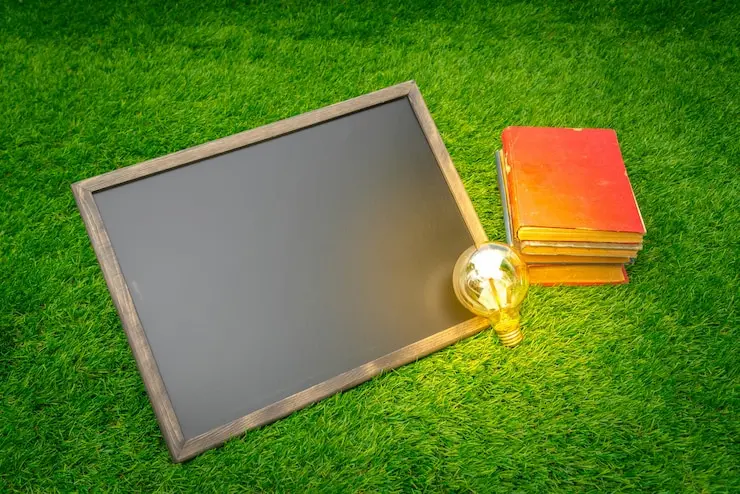In recent years, artificial grass, decorated using artificial turf solutions has become a popular option for homeowners everywhere. Recently developed technologies have made synthetic grass stronger and more realistic appearing than before. The best part is that you won’t have to worry about maintaining your lawn in any way, shape, or form throughout the winter or summer months; your grass will look lush and gorgeous all year. The installation of artificial grass should only be attempted if certain guidelines are adhered to.
Table of Contents
Artificial Turf Solutions: 5 Tips Before Implementation
Without a clear action plan, contemplating such a major alteration to your house might be daunting. If you’re looking to install artificial grass, these are the top five things you need to know.
1. Learn the Basics of Drainage
Make sure you have a plan in place for natural drainage to install under your fake grass before you install it. Fake grass might flood out much like real grass.
The majority of the drainage systems are constructed on a compacted aggregate basis. Sometimes this layer becomes more useful than natural grass because of its ability to enhance drainage. When the soil has been properly prepared, grass may plant. With this combination’s added stability, water will flow where you want it to go.
Whether in a business or residential setting, this drainage system almost eliminates the need for any supplementary drainage. Even though this drainage procedure often includes any professional grass installation service, it is still crucial to clarify with your representative that this process is being completed in your yard.
2. Which Grass Type Should I Use?
The market offers a wide selection of synthetic turf solution types. The modern perk is picking something that works well with your home’s environment and your own taste. What matters most is figuring out what functions you want the space to serve. This will help you choose the best blade structure for your synthetic grass.
For example, a dog run, kennel, or daycare needs a stronger blade structure to handle the intense traffic and usage than a children’s playground does, hence the blade structure of the grass used for each of these settings must be designed differently.
The versatility of artificial grass in meeting a wide range of applications is its greatest strength. Talk to professionals in the field of artificial grass to make sure you place the grass where it will look best.
3. Find the Right Infill for Your Project
You may thank the infill for the lifelike appearance and feel of your artificial grass. As opposed to being placed in a layer between the aggregate and grass, the infill brushes directly into the grass strands. Rubber crumb infills are used in commercial settings but are never used in homes.
4. Regular Upkeep Is Necessary
This isn’t the same as your yard, so relax. There’s no need to spend every weekend guarding your lawn against the elements, the kids, and the dog. As an alternative, artificial grass requires no effort and time to keep looking good. Our recommendation is for a basic power broom service performed once every three months, six months, or a year depending on the frequency of usage. Occasionally, you may want to use a hand brush or broom to quickly clean up high-traffic areas.
Depending on the size of the space and the number of pets utilizing the area, owners using artificial turf solutions may either rinse the grass with a garden hose or use an enzyme cleaner to remove pet faeces.
5. Repairing Damaged Grass
Natural grass can’t compare to the durability of artificial turf solutions. Even though it’s far more resilient than regular grass, mishaps might still occur. In any event, your worries unfound. One of the main benefits of synthetic grass is its low maintenance requirements. Just take out the damaged piece and put in the new one if it has to fix. Because of this, it is common practice for homeowners to store a small supply of extra patches in the garage.
End Note
When cared for properly, an artificial grass lawn may live for as long as 25 years. Long-term savings on lawn care expenses like weeding, fertilizing and reseeding more than offset the initial investment.

